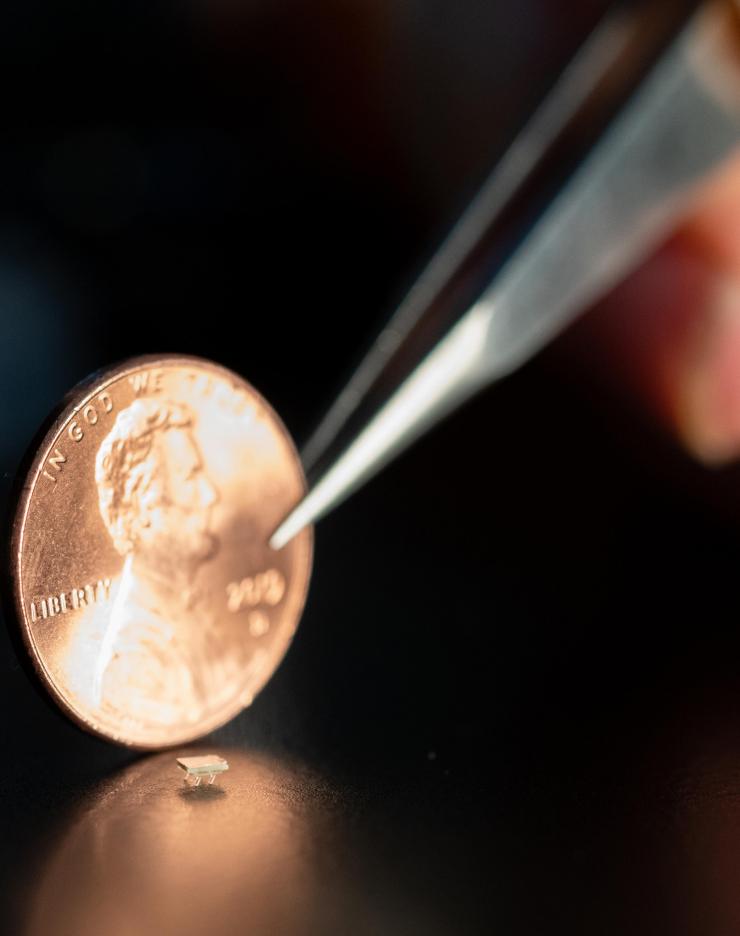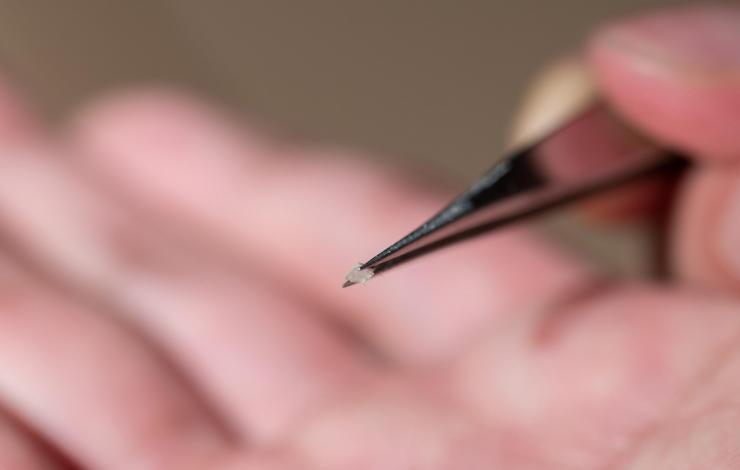Almost invisible to the human eye, Georgia Institute of Technology has developed a series of micro3D printingrobot. “Micro robots” can be controlled by tiny vibrations, enabling them to transport materials and detect changes in the environment. Like ants, robots work together to unlock various applications along the boundaries of mechanics, electronics, biology, and physics.
The Georgia Institute of Technology team is now studying how to expand the miniature used to make robots3D printingMethod and generate “hundreds or thousands” of devices in a single build. The results of this research are expected to have a positive impact on the field of biomedicine, and micro-robots are becoming more and more interested in micro-assembly and maneuverability in the body.
Azadeh Ansari, an assistant professor in the School of Electrical and Computer Engineering at Georgia Institute of Technology, commented: “We are working hard to make the technology more powerful, and we have many potential application needs.” “This is a very rich field, and there is a lot of space for Multidisciplinary concept.”

The Georgia Institute of Technology’s microbristle robot is manufactured using two-photon polymerization (TPP), a method commercially marketed by Nanoscribe and Microlight3D. The machine the team uses exclusively is Nanoscribe’s Photonic Professional GT.
A single micro robot consists of two parts-a piezoelectric actuator and3D printingPolymer body. The body of the mane robot contains its legs, and they move when the actuator starts to vibrate. However, the exact way the legs move depends on the design. According to the angle of the legs, the robot can be adjusted to move in a certain direction in response to vibrations. Ansari explained, “As the microbristle robot moves up and down, the vertical movement is transformed into a directional movement by optimizing the design of the legs, which looks like bristles.”
“The legs of micro-robots are designed with specific angles, allowing them to bend and respond to vibrations in a resonant manner in one direction.”
TPP is essential to the team’s approach because it allows them to try many different leg mechanisms. However, the next step is to increase the amount of them that can be generated to explore new applications. Ansari added, “This process now takes a while, so we are studying how to expand it to make hundreds or thousands of micro-robots at once.”
In the current iteration, a miniature bristle robot is about 2 mm long, 1.8 mm wide and 0.8 mm thick, weighs about 5 mg, anything less than this, and the team may encounter problems removing the robot from the print bed. So far, basic robot designs have been tested in a basic “playground”, and researchers have studied their movements. Ansari concluded, “These miniature bristles robots walk very well in the laboratory environment, but we still have a lot of work to do before they enter the outside world.”

(Editor in charge: admin)


0 Comments for “Georgia Tech develops two-photon 3D printed micro-robots 2 millimeters long and weighs 5 milligrams”